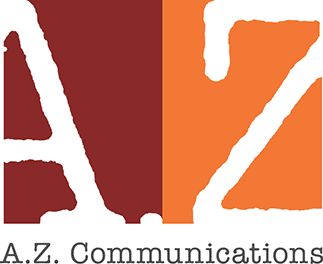Advisors and investment managers should have a communication plan in place so they can be proactive during volatile, uncertain times. As the media routinely exaggerates negative economic stories, investors have a natural tendency to panic. In the midst of that panic, clients need a rational, logical voice to explain market behavior and define appropriate courses of action.
Having a communication plan in place can not only help calm the nerves of investors and retain assets, but enable more time to focus on business and money management–instead of fielding phone calls from frightened or angry investors.
An effective communication plan starts with a solid messaging platform. Your messaging platform should hold true in both up and down markets, and you should be able to revisit it to communicate your values and investment philosophy in any market environment. For example, your strategies undoubtedly include goals and tactics for up and down markets, and these should resonate with clients not only before the occurrence of a down market, but while it’s happening.
Your messaging platform should be used to craft all of your communication materials, including your website, pitch book, e-newsletters, blog, social media, sales sheets, etc.
In helping to calm investor nerves about volatility, your messaging will help you remind clients of the initial reasons they invested with you. It’s also important to offer clients some historical perspective. Remind clients of past markets that caused investors to panic, and what we’ve learned from those markets. Remind them of the meaning of risk, and the importance riding out short-term fluctuations to reap long-term gains. Show them the blips on the long-term performance charts, and remind them how returns for investors would have been drastically different had they pulled their money out of the market with each down blip.
Anticipating questions and negative reactions to the market and/or your performance can help you to be proactive and prepare your ongoing communication accordingly. Prepare your communications in advance of the questions you know you’ll receive. Know that a question you receive from one client is likely on the minds of others, and can be used as the topic of monthly or quarterly communication. There are many ways to communicate simply and quickly with your clients, including sending an email with research that’s relevant to current performance, or a white paper or commentary explaining your trade rationale. Consider leveraging your communications using social media, posting your messages on LinkedIn and on a blog on your website. Creating content that offers perspective and guidance will help keep clients looking to you in the future.
A little proactive communication can go a long way in terms of building trust and long-term relationships. And a little planning can help put you far ahead for the future.
